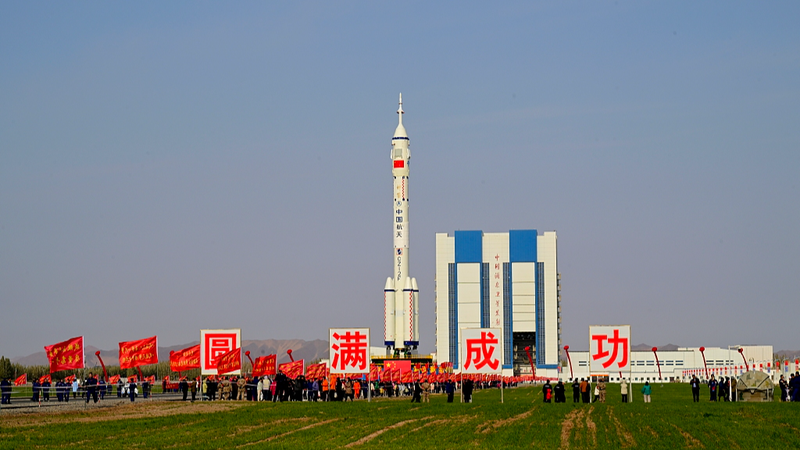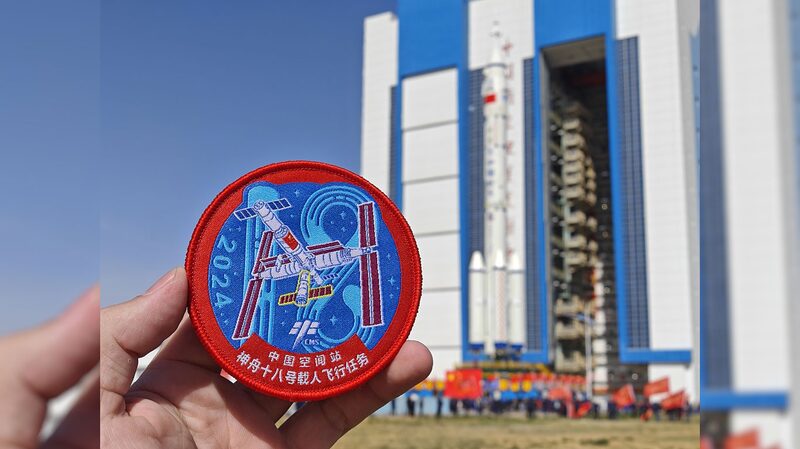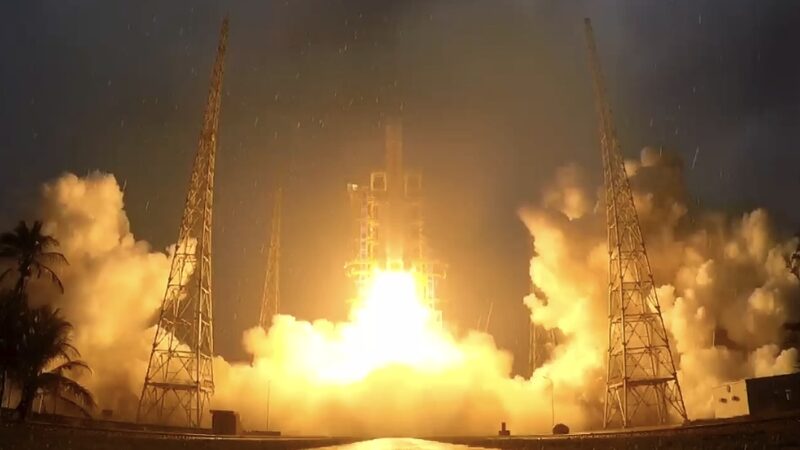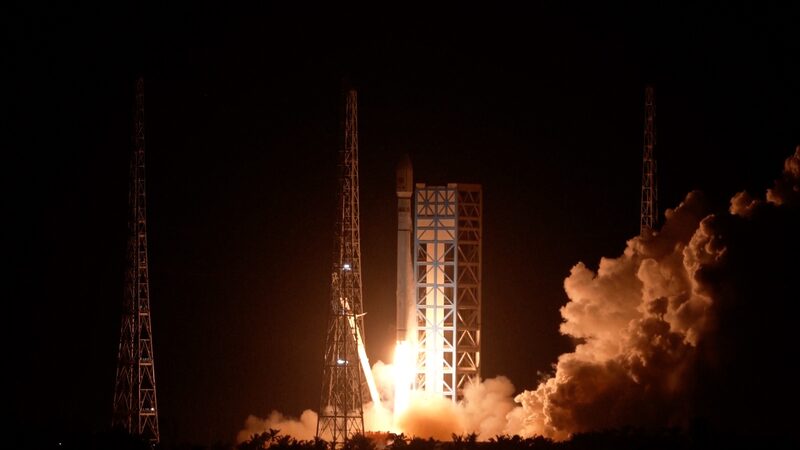China’s Shenzhou-21 crewed mission is gearing up for liftoff, but getting its spacecraft-rocket combo to the launchpad is no easy feat! 🛠️ An engineer from the mission team spilled the details on the high-stakes process—think giant sliding gates, seamless rails, and backup rockets ready to roll. Here’s the scoop!
The Great Gate Lift-Off
Imagine moving a 70-meter-tall gate weighing 20 tonnes *per section*! 🚪 Engineer Wang Ming explained how steel cables and pulleys lifted the testing facility’s massive doors—a 30-minute operation just to reveal the rocket inside. Talk about a dramatic entrance!
Power Play & Rail Drama
Once the gate opened, the mobile launch platform paused for a critical switcheroo: relocating the power supply vehicle to keep the rocket juiced up. 🔌 Then came the 1.5 km journey on seamless rails—except for a tiny gap that caused vibrations. Wang assured, though: "We’ve got safeguards!" 💪
Backup Rockets on Standby
Hidden in the testing facility’s western compartment? A backup rocket! 🚀 A rail-switch vehicle can shuffle rockets between sections, ensuring rapid deployment if needed. This design boosts emergency readiness—key for China’s 10th crewed mission since its space station project began.
With the Shenzhou-21 launch looming, every detail—from gate mechanics to backup plans—shows how precision engineering keeps space dreams alive. 🌌✨
Reference(s):
Engineer explains challenges of Shenzhou-21 spacecraft-rocket transfer
cgtn.com








